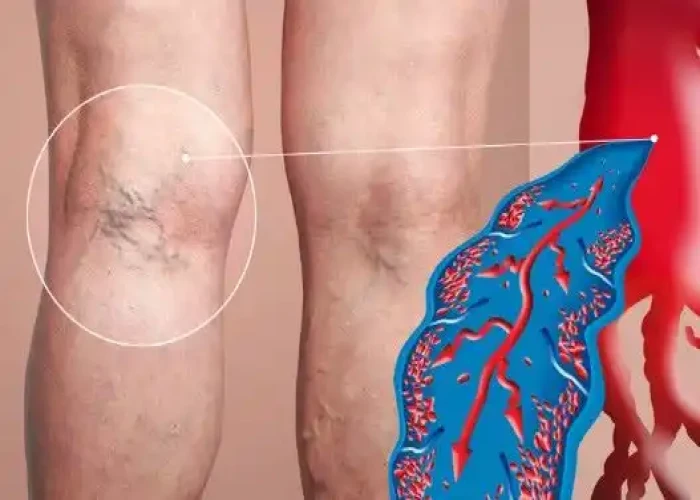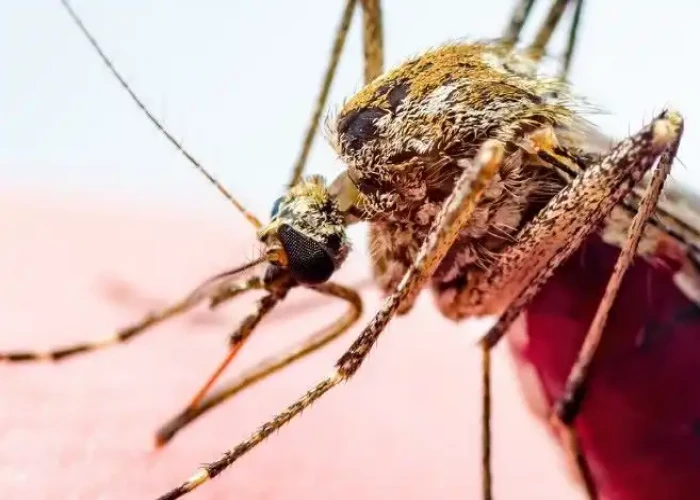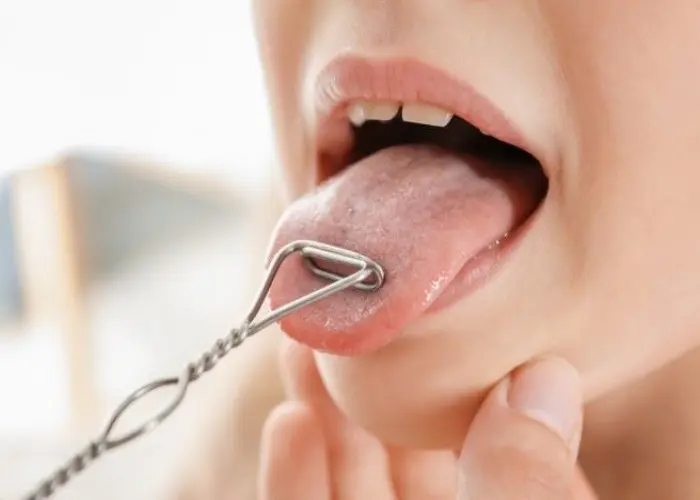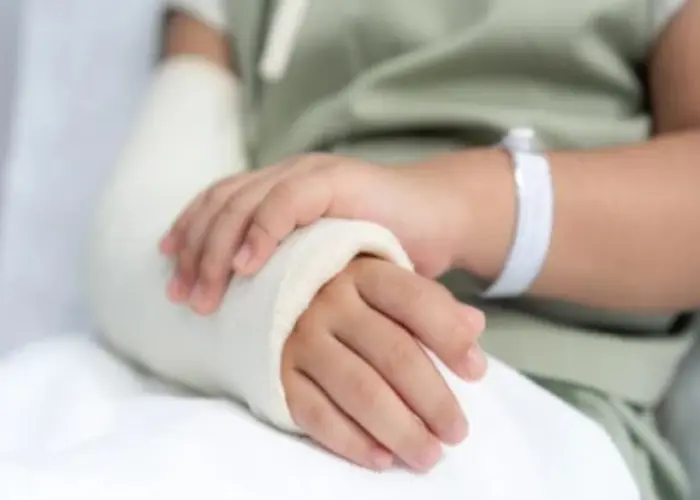 Welcome
Welcome
“May all be happy, may all be healed, may all be at peace and may no one ever suffer."
Varicose veins

Varicose veins are enlarged, twisted veins that are visible just below the surface of the skin, usually in the legs. They can be blue or dark purple in color and may appear bulging or swollen.
Varicose veins occur when the valves inside the veins do not function properly, causing blood to pool in the veins and leading to swelling and enlargement. Factors that can contribute to the development of varicose veins include age, genetics, obesity, pregnancy, and prolonged standing or sitting.
Varicose veins are usually not a serious medical problem, but they can cause discomfort, pain, and swelling in the legs. In some cases, they can also lead to more serious conditions such as blood clots or skin ulcers.
Treatment for varicose veins may involve lifestyle changes such as exercise, weight loss, and wearing compression stockings to help improve circulation and alleviate symptoms. In some cases, minimally invasive procedures such as laser therapy, radiofrequency ablation, or sclerotherapy may be recommended to help close off the affected veins and redirect blood flow to healthy veins.
Surgery may be necessary for more severe cases of varicose veins, or in cases where there are complications such as skin ulcers or blood clots. The type of surgery will depend on the location and severity of the varicose veins.
It is important to seek medical attention if any symptoms of varicose veins are present or if there are concerns about complications. Regular exercise, maintaining a healthy weight, and avoiding prolonged periods of standing or sitting can help to prevent varicose veins from developing or worsening.
Research Papers
Disease Signs and Symptoms
- Veins are dark purple or blue in color
- Heavy feeling in leg
- Muscle pain
- Muscle cramps
- Itching
- Veins that appear twisted and bulging; are often like cords on your legs
- Burning, throbbing, muscle cramping and swelling in lower legs
- Worsened pain after sitting or standing for a long time
- Skin discoloration around a varicose vein
Disease Causes
Varicose veins
Weak or damaged valves can lead to varicose veins. Arteries carry blood from the heart to the rest of the body. Veins return blood from the rest of the body to the heart. To return blood to the heart, the veins in the legs must work against gravity.
Muscle contractions in the lower legs act as pumps, and elastic vein walls help blood return to the heart. Tiny valves in the veins open as blood flows toward the heart, then close to stop blood from flowing backward. If these valves are weak or damaged, blood can flow backward and pool in the veins, causing the veins to stretch or twist.
Disease Prevents
Varicose veins
Improving blood flow and muscle tone might reduce the risk of developing varicose veins. The same measures that treat the discomfort from varicose veins can help prevent them. Try the following:
- Avoiding high heels and tight hosiery
- Changing your sitting or standing position regularly
- Eating a high-fiber, low-salt diet
- Exercising
- Raising your legs when sitting or lying down
- Watching your weight
Disease Treatments
Treatment for varicose veins may include self-care measures, compression stockings, and surgeries or procedures. Procedures to treat varicose veins are often done as an outpatient procedure, which means you usually go home on the same day.
Ask your insurer if varicose vein treatment is a covered expense. If varicose vein treatment is done only to improve the appearance of the legs (cosmetic reason), the cost might not be covered by insurance.
Self-care
Self-care — such as exercise, raising the legs when sitting or lying down, or wearing compression stockings — can help ease the pain of varicose veins and might prevent them from getting worse.
Compression stockings
Wearing compression stockings all day is often the first approach to try. The stockings squeeze the legs, helping veins and leg muscles move blood more efficiently. The amount of compression varies by type and brand.
Compression stockings are available at most pharmacies and medical supply stores. Prescription-strength stockings also are available and may be covered by insurance if varicose veins are causing symptoms.
Surgeries or other procedures
If self-care steps and compression stockings don't work, or varicose veins are more severe, a health care provider might recommend surgery or other procedures:
- Sclerotherapy. A health care provider injects the varicose veins with a solution or foam that scars and closes those veins. In a few weeks, treated varicose veins should fade.
- The same vein might need to be injected more than once. Sclerotherapy doesn't require anesthesia and can be done in a health care provider's office.
- Laser treatment. Laser treatment sends strong bursts of light onto the vein, which makes the vein slowly fade and disappear. No cuts or needles are used.
- Catheter-based procedures using radiofrequency or laser energy. This procedure is the preferred treatment for larger varicose veins. A health care provider inserts a thin tube (catheter) into an enlarged vein and heats the tip of the catheter using either radiofrequency or laser energy. As the catheter is removed, the heat destroys the vein by causing it to collapse and seal shut.
- High ligation and vein stripping. This procedure involves tying off a vein before it joins a deep vein and removing the vein through small cuts. This is an outpatient procedure for most people. Removing the vein won't keep blood from flowing in the leg because veins deeper in the leg take care of the larger volumes of blood.
- Ambulatory phlebectomy (fluh-BEK-tuh-me). A health care provider removes smaller varicose veins through a series of tiny skin punctures. Only the parts of the leg that are being pricked are numbed in this outpatient procedure. Scarring is generally minimal.
Disease Diagnoses
Disease Allopathic Generics
Disease Ayurvedic Generics
Disease Homeopathic Generics
-
Hamamelis verginica
Q power.
-
Arnica montana
6, 30 strength.
-
Arsenicum
6, 30 strength.
-
Calcarea fluorica
3X strength.
-
Belladonna
30 strength.
-
Clematis erecta
30 strength.
-
Formica rufa
6, 30 strength.
-
Lachesis
200 strength.
-
Plumbum metallicum
30 strength.
-
Pulsatilla
Q strength.
Disease yoga
Varicose veins and Learn More about Diseases

Huntington's disease

Testicular torsion

Cough headaches

Male hypogonadism

Valley fever

Dysarthria

Broken arm

Lip cancer
Varicose veins, ভেরিকোজ শিরা, শিরাস্ফীতি
To be happy, beautiful, healthy, wealthy, hale and long-lived stay with DM3S.
